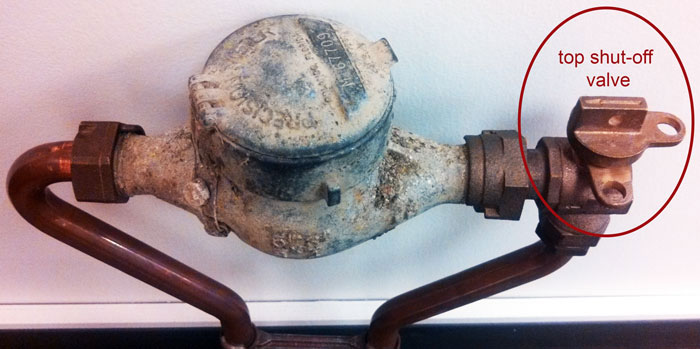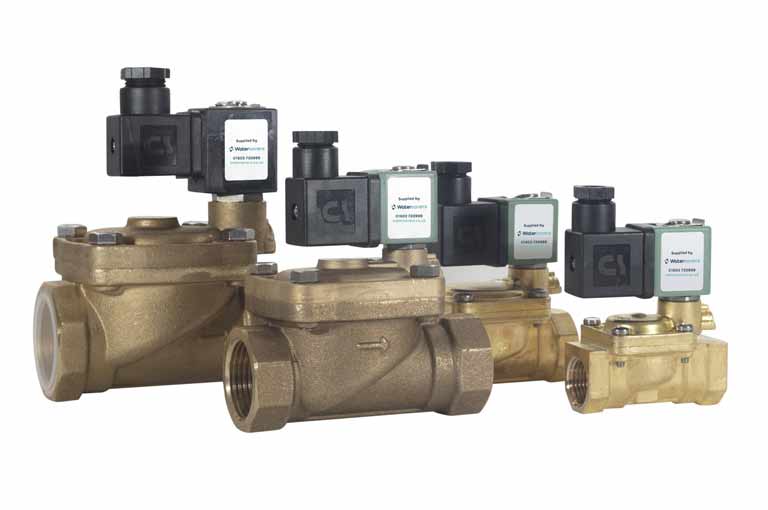Find Out What Makes Knowing Valve Location is Vital
Find Out What Makes Knowing Valve Location is Vital
Blog Article
Are you trying to locate critical information about 3 Waterproofing Tips For Your Home during the Shower/Storm Season?

In an emergency, you can reduce the water flow using the shutoffs. The cutting of the water circulation stops comprehensive water damage from taking place.
Why Must I Bother with This?
In day-to-day life, you don't have to worry regarding water circulation. If you have water issues, it's excellent to understand where the water vales are. You can close off the water circulation when you situated the water shutoff beneath the sink.
Comprehending how to do shut off water shutoffs is important in an emergency. The longer you wait to close the shut-off shutoff, the much more extensive the damages will take place plus the prices. When you're panicking in an emergency event, you may likewise not have adequate time to figure out how to shut the shutoffs appropriately. Learning it now is the best thing so you can remain tranquil under pressure.
What Does the Shut-Off Valve Appear Like?
The shut-off shutoff looks like a knob that permits you to shut off the water for a certain device, a local location (for example, the entire 2nd flooring), or for the whole home. Understanding where these shutoffs are necessary specifically in case of water damage or water emergency problems. You can have control over an unexpected event utilizing your expertise of the shut-off valves' place.
This step will certainly help you avoid significant water damage that will cost thousands to fix.
Where are These Shutoffs Situated?
If you do not understand where the valves are located, your ideal wager is to call a water remediation solutions business for advice. The shutoffs are typically located in the adhering to locations:
If you obtained a residence inspection report from the previous owner, it must be indicated in those papers. Commonly, contractors mount the shutoffs near or within the main or ground-floor restrooms.
When to Call a Specialist?
Constantly consider top to close off the primary water line as well as reducing the resource of water in your entire residence if there is a major water event in your home. Call your plumber to check the problem, request their recommendations, and turned off the valve because location just so you can use the remainder of the plumbing in other areas of your house.
Keep in mind, these shutoffs are lifesavers as well as necessary for any plumbing repair. Make it a habit to turn it off if you identify any leaks to avoid further damage. Keep in mind that your house can be swamped by natural water from tornados or rainfalls however your internal water can trigger the very same damage from your plumbing. In case of a plumbing emergency, shut down these shutoffs to stop complications that call a credible water damages restoration service provider.
The cutting of the water flow avoids extensive water damages from taking place.
If you have water issues, it's good to recognize where the water vales are. You can close off the water flow when you situated the water shutoff below the sink. Recognizing where these shutoffs are vital specifically in the event of water damages or water emergency concerns. Your home can be flooded by all-natural water from rainfalls or storms however your internal water can create the same damage from your plumbing.
How to Shut Off Water Valves
The Shutoff Valve to the Water Supply for an Individual Plumbing Fixture
To stop the flow of water to a specific appliance such as a sink, check the pipes for the nearest valve; it will likely be made of chrome and located directly below the fixture. Many showers and sinks have two valves for hot and cold water respectively, so make sure to turn them both off. Appliances like dishwashers, How to Shut Off Water Valveswashing machines, and refrigerators sometimes have switches, rather than valves, on the hoses connecting them to the wall. Water heater valves are usually located on the pipes above.
When it comes to which way you should turn the valve, keep in mind the old saying “righty tighty, lefty loosey.” In other words, turning a valve clockwise, or to the right, will restrict the flow of water while turning it counterclockwise, or to the left, will allow water to flow. If you have trouble turning the valve, wear a work glove to get a better grip, or use a wrench. Once you turn all of the valves clockwise as far as they will go, the water supply should be successfully shut off.
Before you start making repairs, have a bucket nearby so that you can drain any water that was left over in the pipes. After you finish the job, turn the valves counterclockwise as far as they will go to restore the water flow.
The Shutoff Valve for the Main Water Supply to Your Home
The first step is locating your main shutoff valve. You probably have a brass valve with a round handle near the area where water enters your home. It could be located in your kitchen, a utility closet, a downstairs bathroom, or even on an outside wall. Turning the valve clockwise as far as it can go should shut off all of the water fixtures in your home; however, you’ll need to turn on all faucets to empty any water left remaining in the pipes. Let your sinks and showers run until all water flow ceases, and then turn all faucets to the off position. After finishing your repairs or installations, turn the main valve back counterclockwise.
The Shutoff Valve for the Water Supply to Your Entire Property
Before you do anything, call your water company and ask for permission to access your street shutoff valve. If your home’s main water valve fails or needs replacing, you must turn off the water supply to your whole property before attempting repairs. You’d also need to do this before trying to fix a leak in the pipes connecting your home to the street valve. The shutoff valve for the property is usually located in the same metal box that contains the water meter. Remove the box cover and look for a handle; you might need a long wrench to reach it.
Different cities have different types of street valves. Ball valves have long, thin handles while gate valves have more rounded handles. A ball valve handle will usually be aligned with the pipe while open; turn it 90 degrees to the right to turn it off. Gate valve handles should be turned clockwise as far as possible to stop the water flow.

Do you like reading up on 3 Waterproofing Tips For Your Home during the Shower/Storm Season? Post feedback down the page. We would be glad to hear your thoughts about this posting. We hope that you come back again before long. If you liked our blog posting please be sure to pass it around. Many thanks for your time invested reading it.
Excellence awaits, dial! Report this page